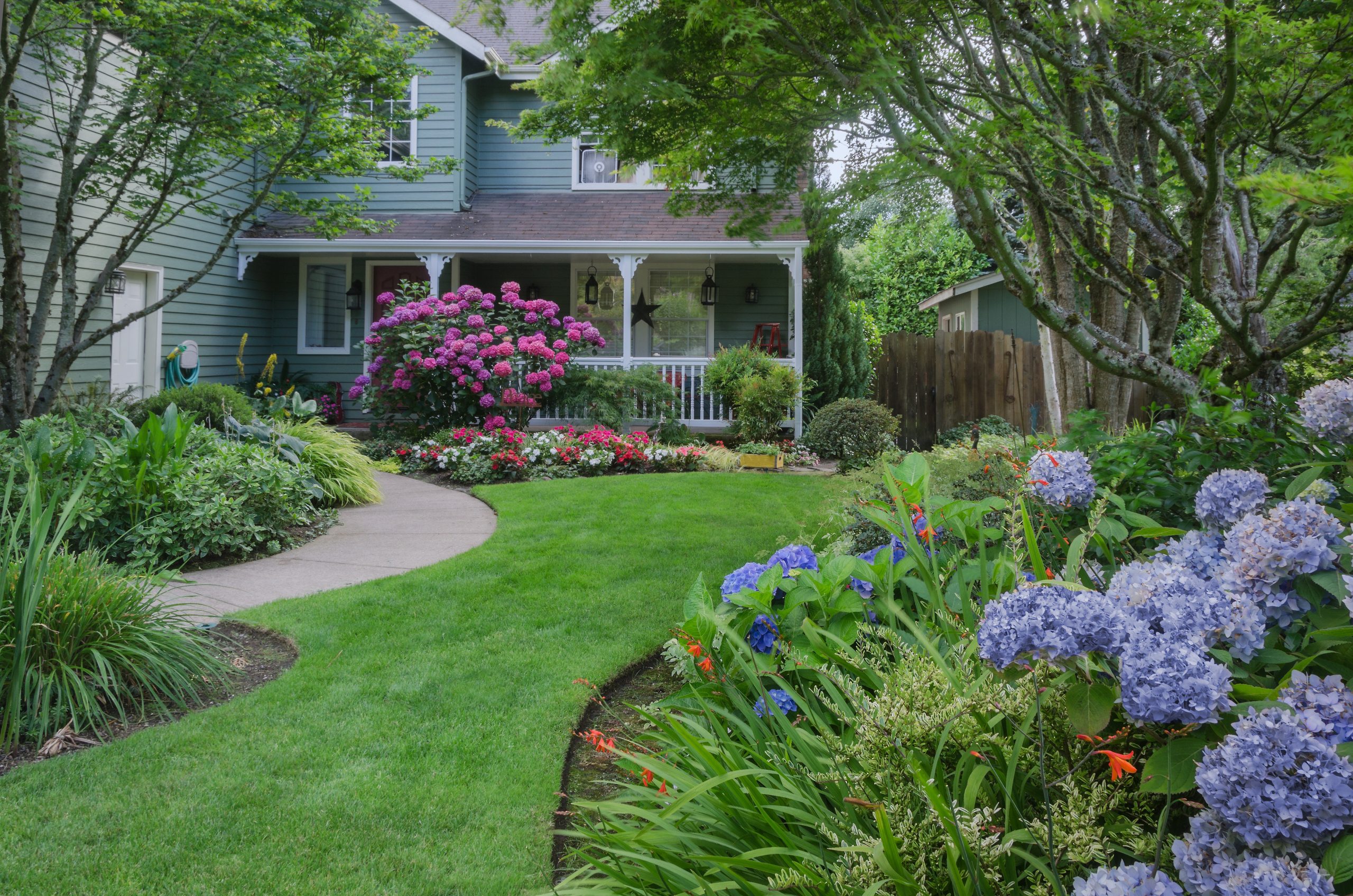You Ask, We Answer: How Can I Create a Climate Friendly Yard?
If you love the look of a beautifully landscaped yard but are concerned about its environmental impacts, we have good news: It’s possible to create a yard for your Connecticut home that isn’t just beautiful to look at, but better for the planet, too. Let’s dive in to determine what a climate friendly yard is, and how you can achieve one. It’s easier than you think!
What is a climate friendly yard?
While there are many ways to achieve one, the term “climate friendly yard” generally refers to a yard that eschews the typical green carpet of grass in favor of more pollinator-friendly plants and flower options. In addition, climate friendly yards often require less upkeep (we love the sound of that!) than typical grass lawns that need to be mowed often. And, climate friendly yards often work to improve drainage and soil health while still making your Connecticut yard more appealing.
Why are grass lawns hard on the environment?
Not all grass lawns are “bad.” But because a lush green lawn that so many of us covet requires a lot of water to look that way, it’s not the most climate friendly yard option–especially during a drought. Coupled with the pesticides and harsh fertilizer treatments that many homeowners reach for to ensure a lush green carpet–which can run off into our water supply, among other issues–grass lawns can be hard on the environment. And then there is the issue of lawnmowers, leaf blowers, and weed wackers, which can expel exhaust into the air and disturb wildlife with their loud sounds. But you don’t need to feel guilty about your grass lawn. Everything is a process, and you can still make small changes that have a big environmental impact! And, you can still maintain an eye-catching yard with more climate friendly options.
What are climate friendly options for my Connecticut yard?
If you are thinking of making the shift to a more climate friendly yard, congratulations! Our local birds and bees will thank you. Creating a climate friendly yard alternative doesn’t have to mean ripping up your lawn and starting from scratch, though. Think about incorporating more eco-friendly options into what your lawn looks like now.
To start, consider adding native plants and trees if you haven’t done so already. Birds, butterflies, and bees (among others!) rely on native plants to feed them and help them spread crucial pollen to neighboring plants and flowers. Without pollinators, our food supply, healthy air, and crop production overall will suffer drastically. Not only do they help sustain pollinators, but native plants can also add beauty to your lawn and garden.
Next, if you do have a lawn and don’t want to part with your grass, you can let it grow long to become more climate friendly! Take your cue from climate friendly initiatives like No Mow May and let your grass be. You can always cut or mow a path around your lawn to give it shape and to make it look intentional (think of a gorgeous English meadow or garden). And, come fall, stop raking and bagging up your leaves (sounds great to us!), as leaves left on your Connecticut lawn actually help your yard look better in the long run–not to mention they support a thriving ecosystem of bugs and plants that can be beneficial to your yard in the long run.
Last but not least, don’t be afraid to experiment. A combination of grasses that don’t need a lot of water to thrive, some stone or gravel walkways, or just planting flowers more native to your area can go a long way in helping you create a climate friendly yard that you’re proud to show off.
Whatever changes you make, remember: It’s not the size of the change, but the size of the positive impact that change has had that matters. Happy gardening!



